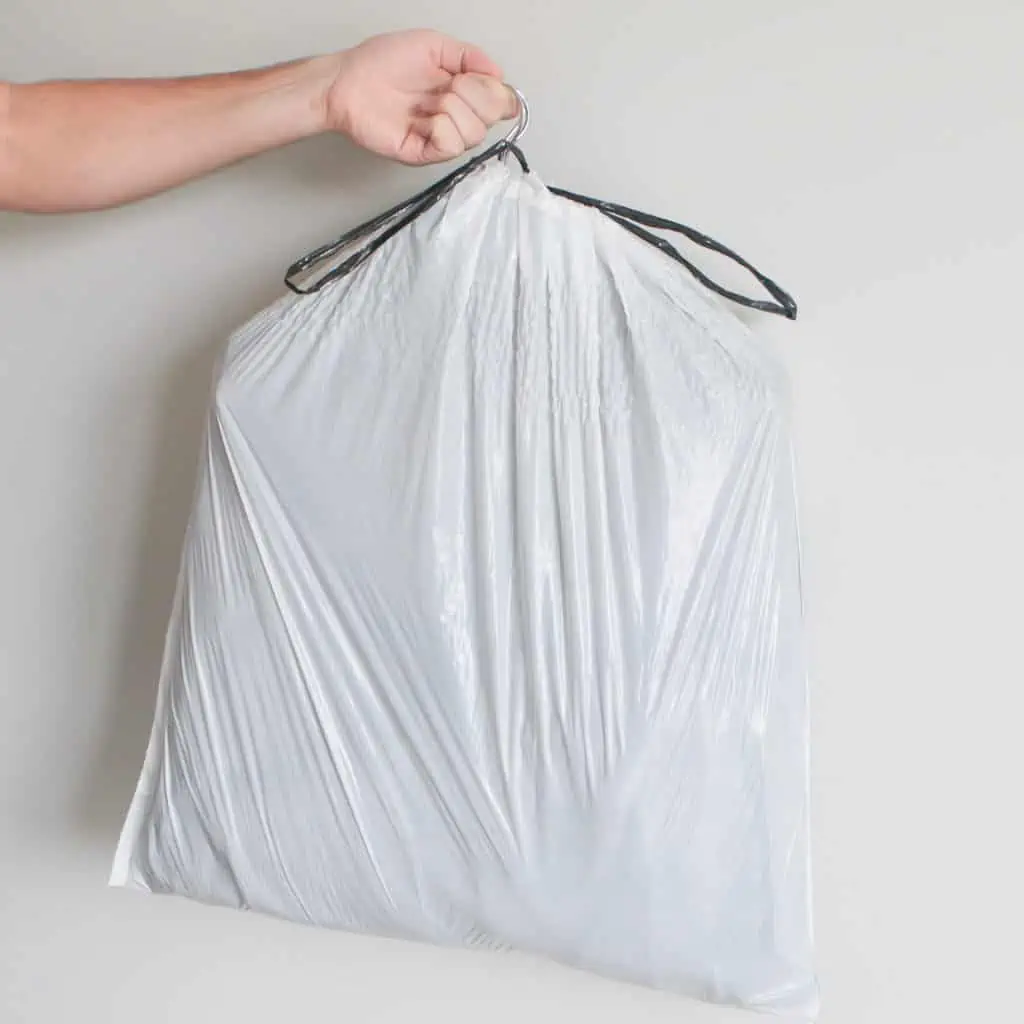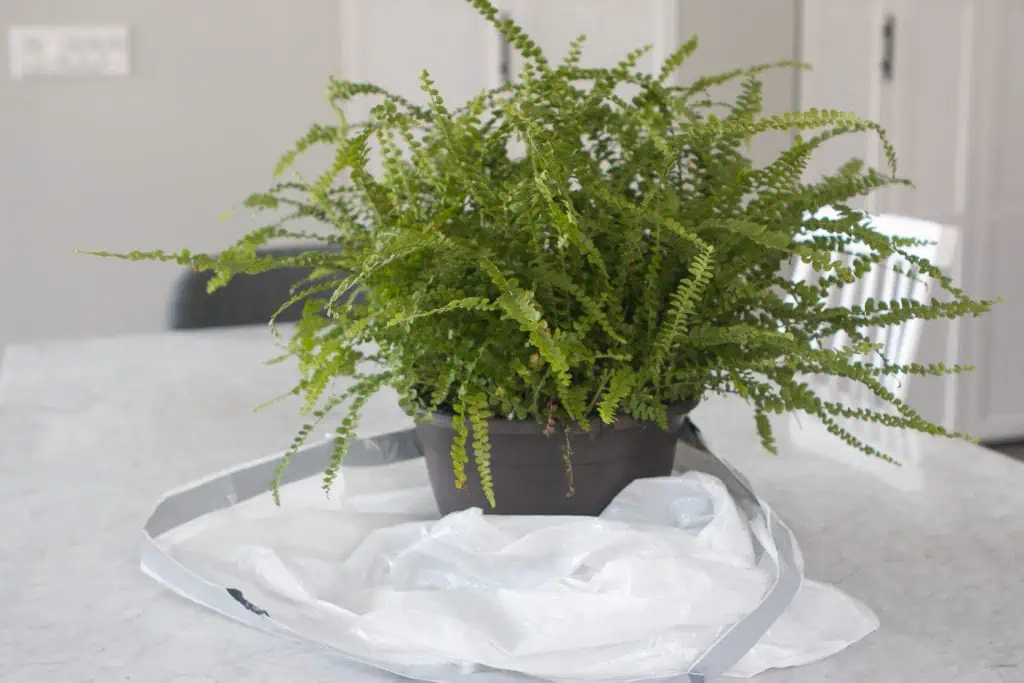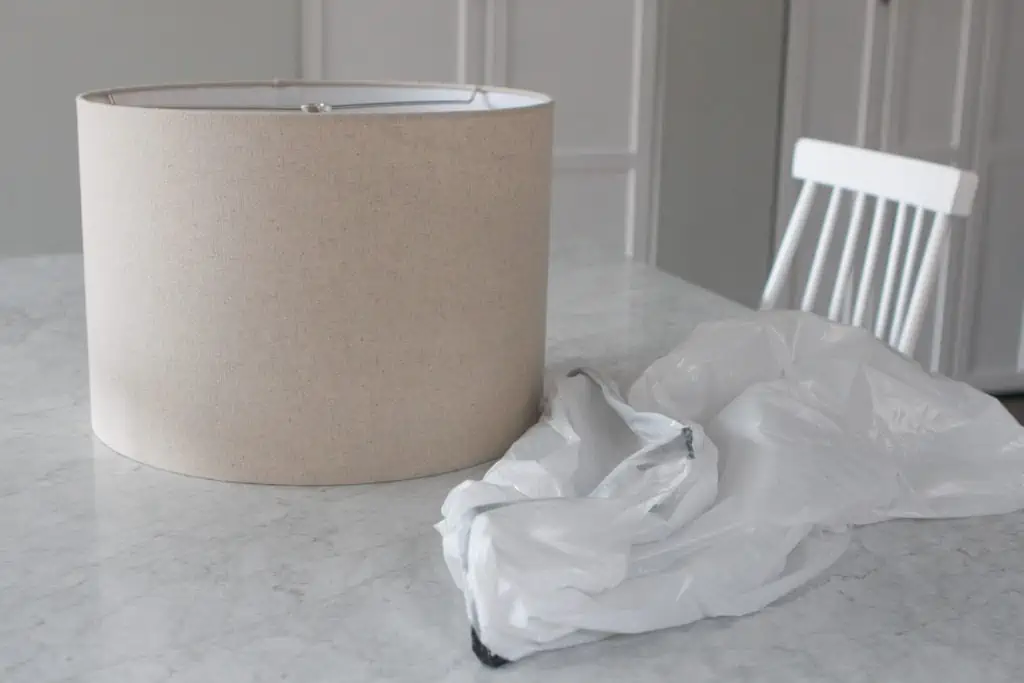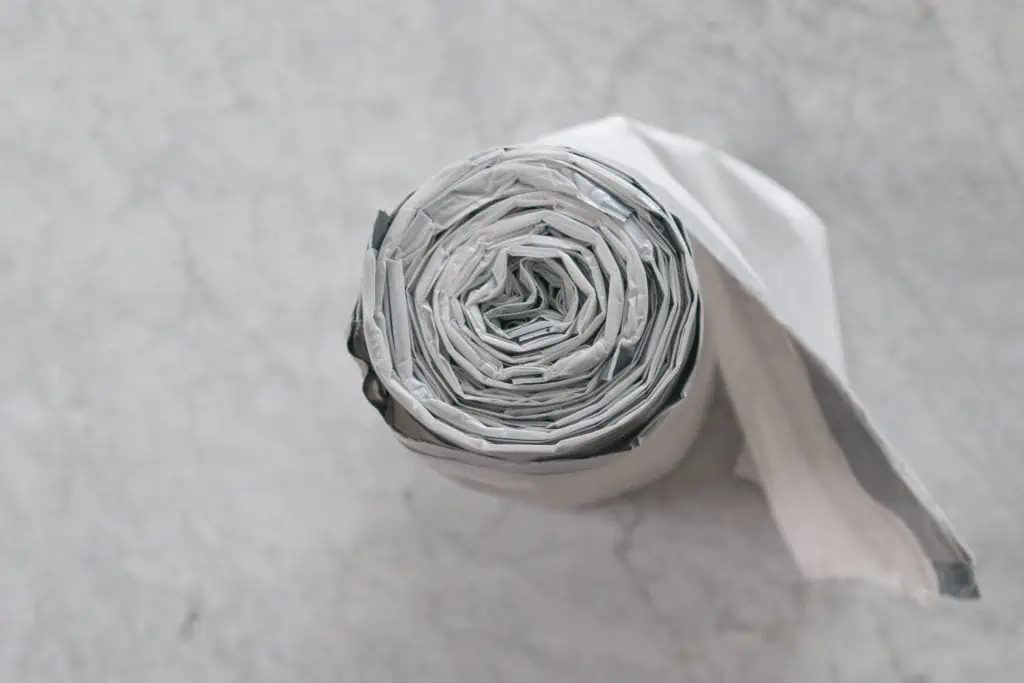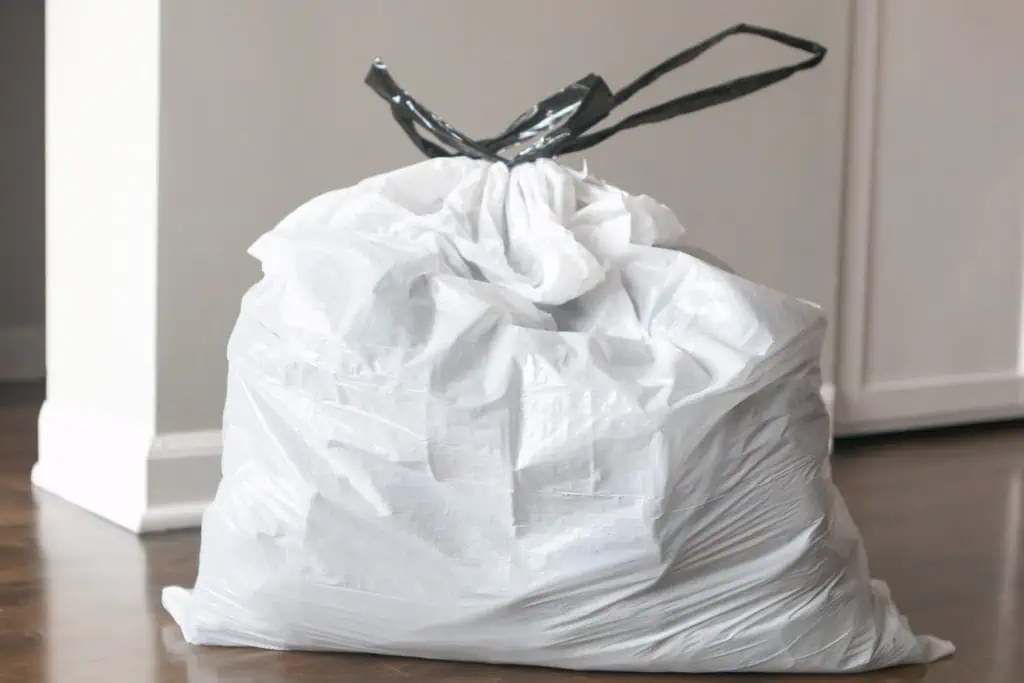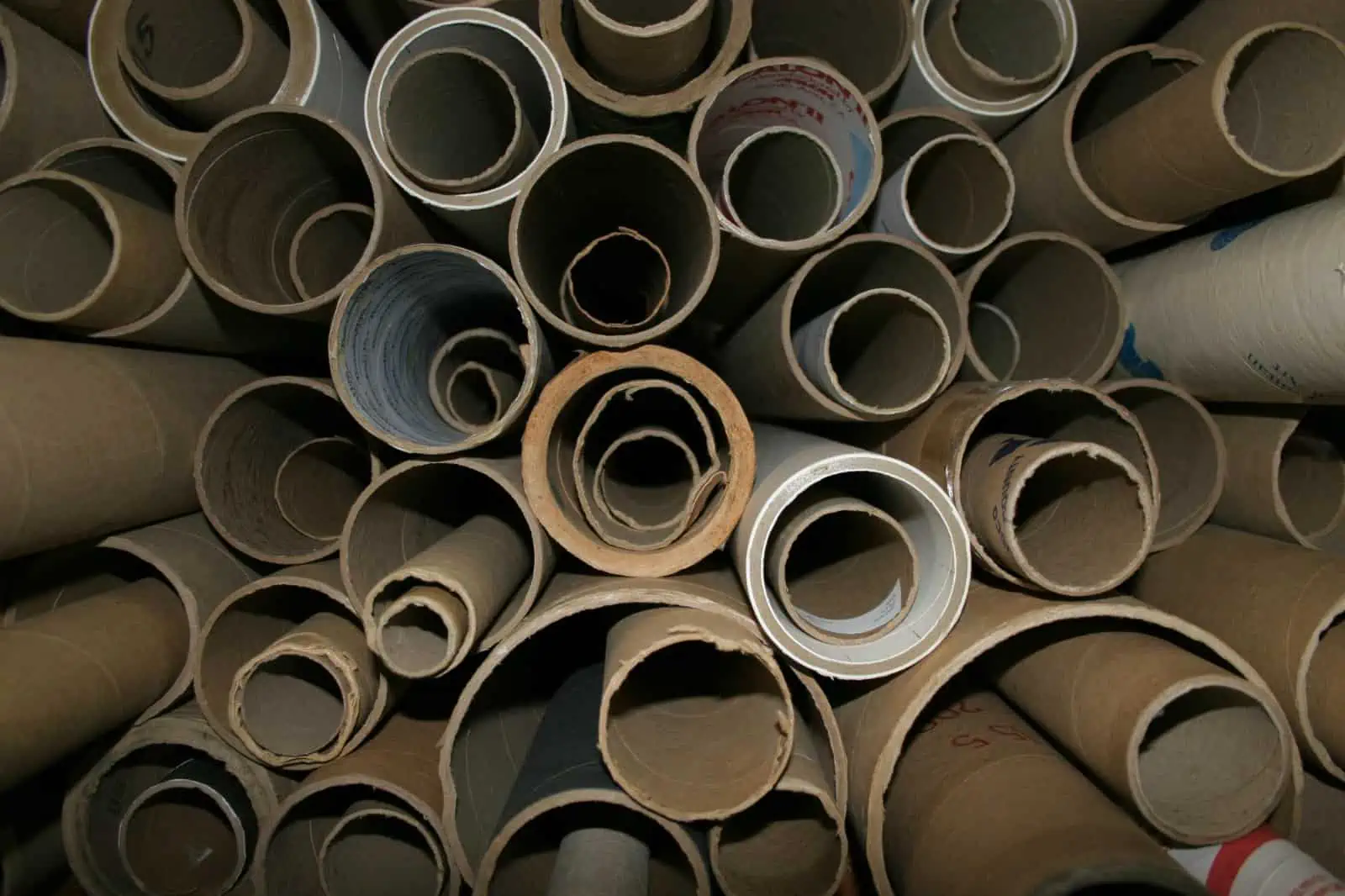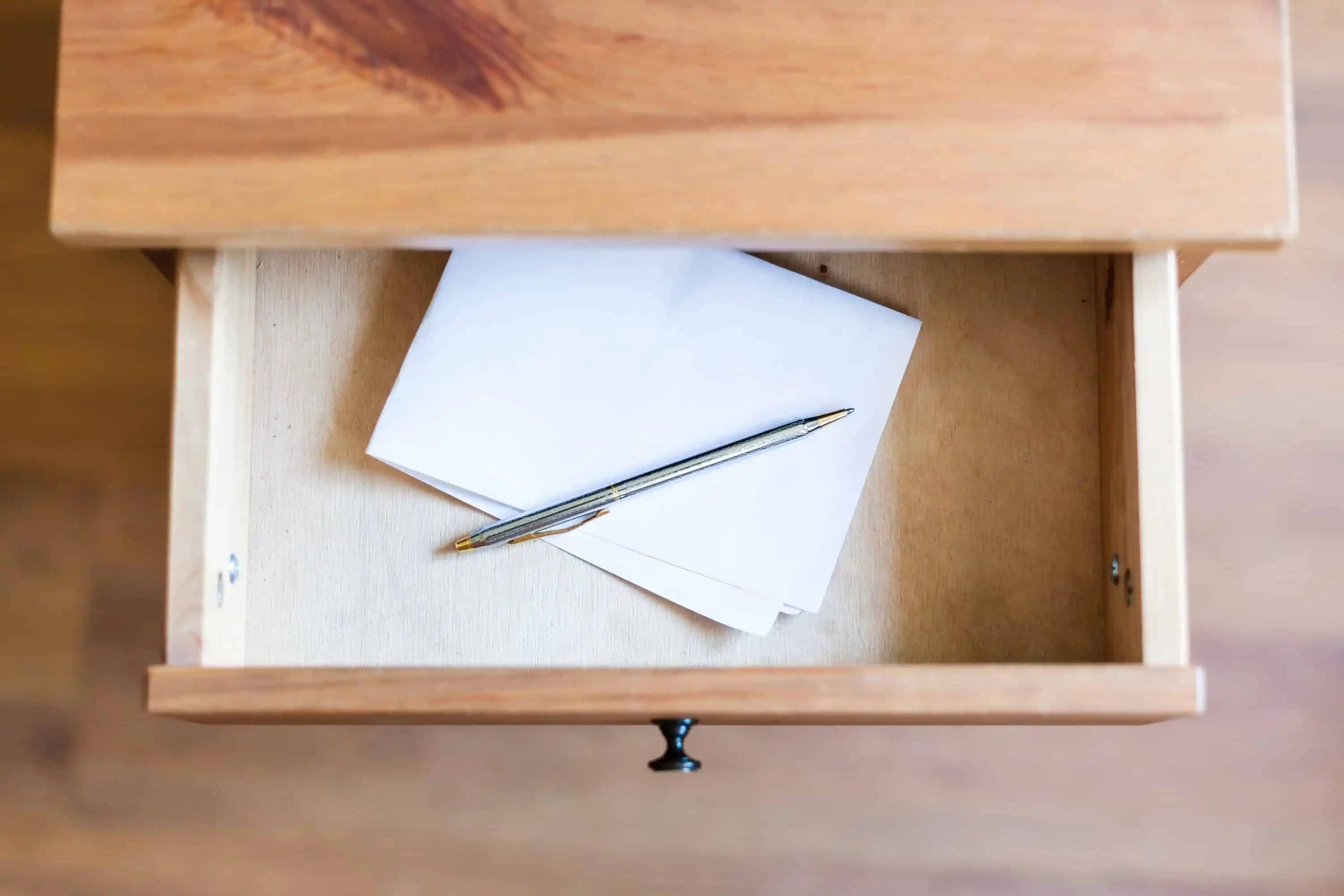So you’re packing up someone’s kitchen and you reach for the wall clock. First thing you notice is how long the pack job is taking. (Time flies when you’re having fun, right?) But then as you take that clock off the wall you hear it ticking softly and you think “Oh. Battery.”
And it’s not just the clock in the kitchen. So many things in a house that take batteries. Most of these items aren’t running – the flashlights, the handheld games, the remote controls for the TV, the toys and that drone that’s mostly illegal – so you won’t be draining their batteries if you leave them in. Unless of course a switch gets flipped or a button gets pressed in that carton packed full of stuff and something ends up turned on for the duration of the move. (I’ve had plenty of situations, including packing my own kids’ stuff, where something in a box starts making all sorts of noise and I have to dig the culprit out and shut it off and repack it.)
When you see batteries while packing
But what to do with the battery in that clock, and the batteries in all the other items you don’t want running while they’re all packed up?
Take out the batteries and put them back in backwards. From a convenience, as well as a loss-prevention standpoint, this makes sense. But there are those who say this is not a good idea. These people usually use a lot of terms and offer explanations that are entirely Greek to most of us, so to be on the safe side for a move longer than a couple hours, we might want to just skip to our second option.
Yes, take out the batteries and pack them separately. Which doesn’t necessarily mean in a separate box, just separate from the items they came out of. Wrap them in paper, tape up the bundles and mark them well so they don’t get thrown in the trash or the recycling bin with the rest of the packing paper. Tape them directly onto the items they came from if need be. (Taping unwrapped batteries directly to unwrapped clocks and drones is a practice best avoided.)
What about spare batteries lying around?
That takes care of all the batteries being used. Now, what about the batteries not being used? You know, all the used ones half buried in a junk drawer. Can we just dump them in a box with all the other stuff in that drawer?
Yes we can. But no we shouldn’t.

Specifically, mixing those batteries with small metal items like paper clips or spare keys and a random scrap of paper or two spells trouble. Those rectangular 9-Volt batteries with the positive and negative terminals sticking out of the top are of particular concern. Don’t believe it? Check out this video news piece to see how easy it is for a fire to ignite where there’s nothing but a battery, some metal and a piece of paper.
At the tail end of the piece, we’re told that “it’s only 9-volt batteries that have this problem”. Tell that to the victims of this fire, started in the console of their SUV by the combination of a few AA batteries, a couple of DVDs and some random bits of paper. “You confine (these things) in a drawer or put it in a paper sack and confine it, it will build up enough heat that it can’t dissipate out into the air,” says Fire Captain Ken Bailey. “Eventually it will reach 451 degrees, which is the ignition temperature of paper.”
Yep, just in a drawer or a paper sack. Or a cardboard moving box.
Preventing the possibility of igniting a fire is simple: Pack any and all loose batteries separate from anything metallic. Wrap them in plenty of paper, taped side by side or sealed in a plastic bag if you really want to go that extra mile.
To be quite honest, with all the millions of loose batteries lying in all the millions of junk drawers in this country and only a couple of fires on record (that we know of), the chances of those loose batteries actually starting a fire can seem pretty slim.
But then again, why take chances?

